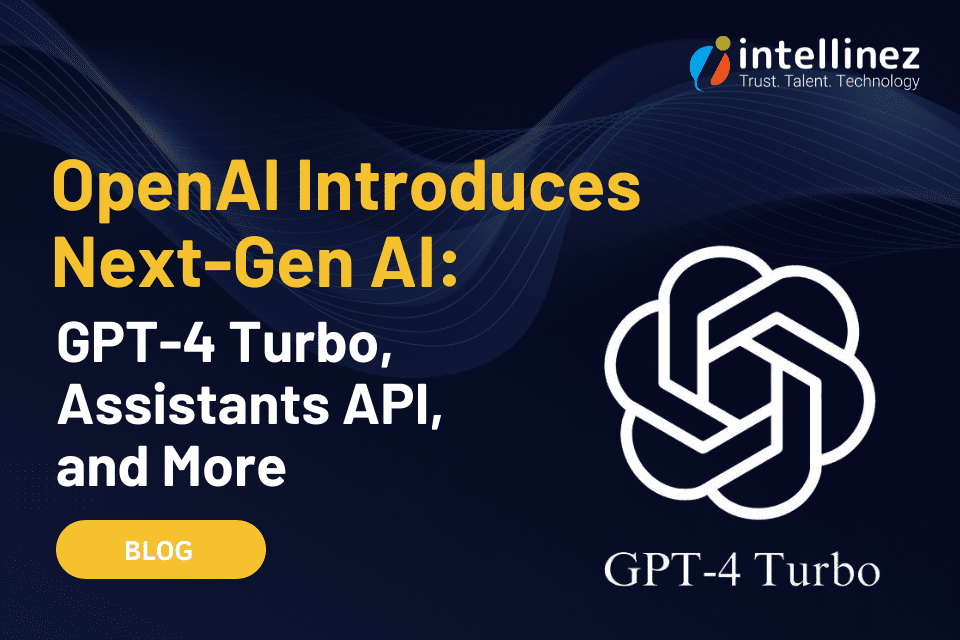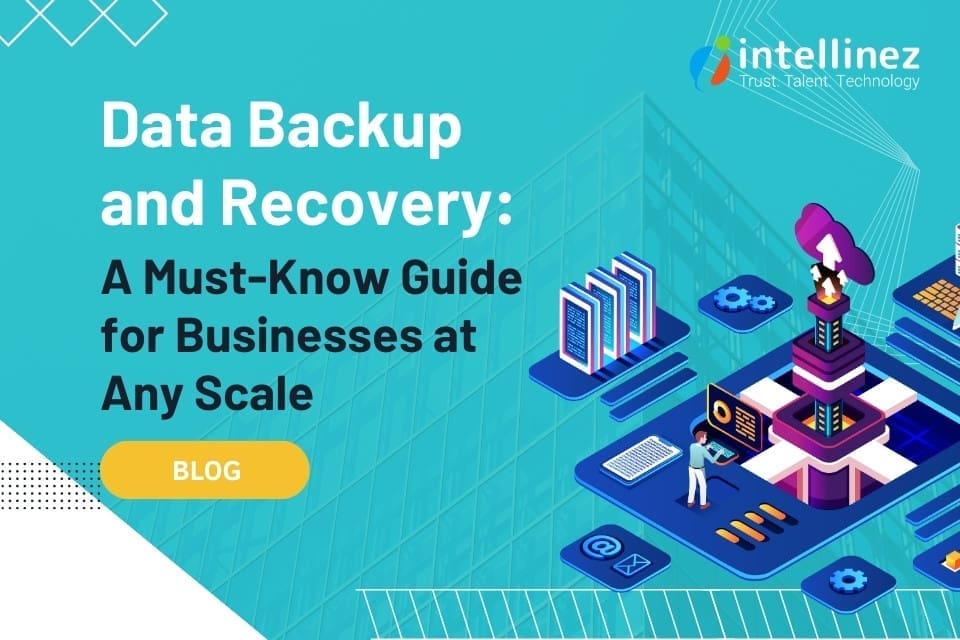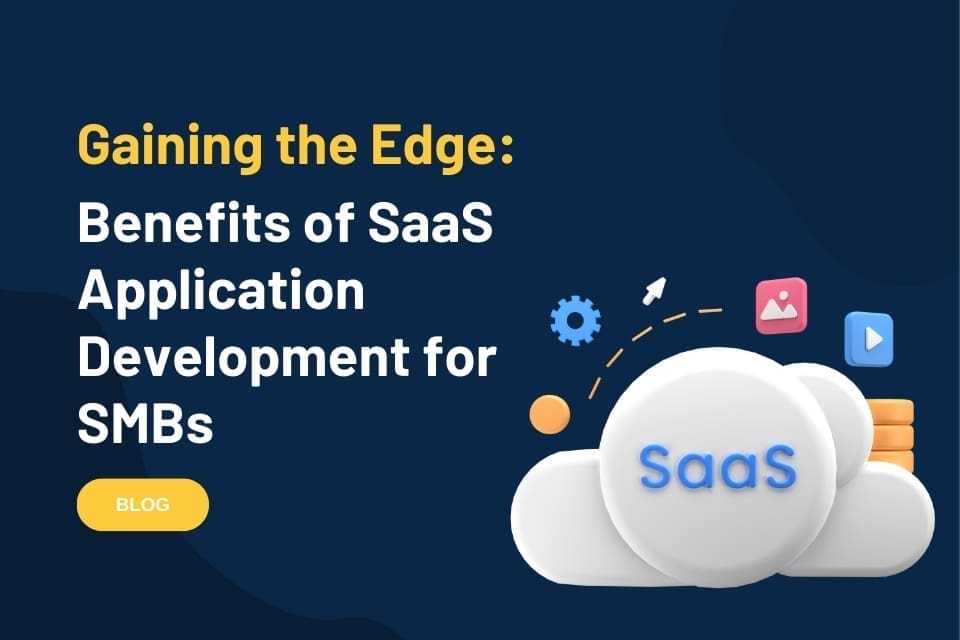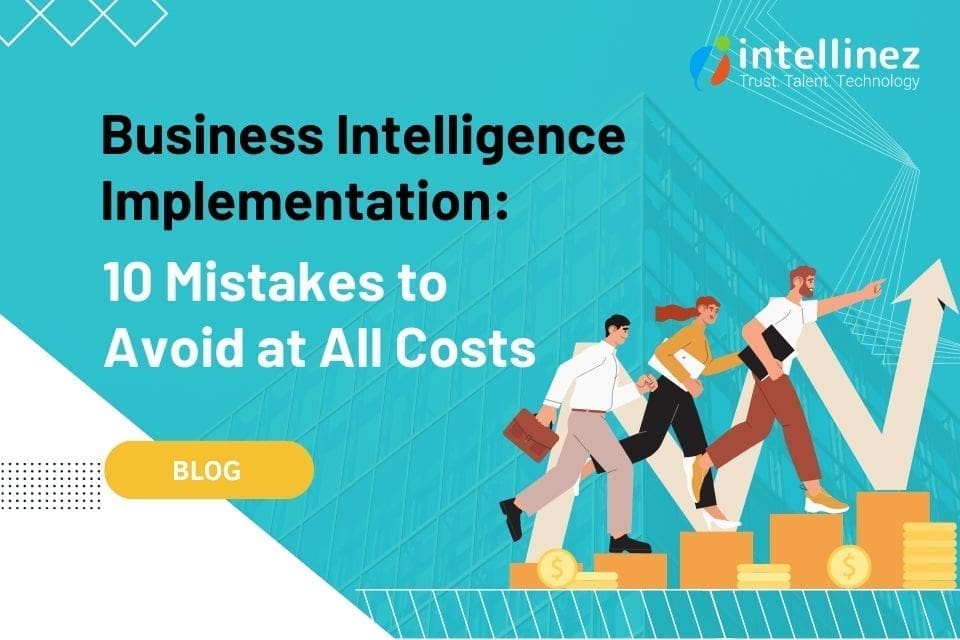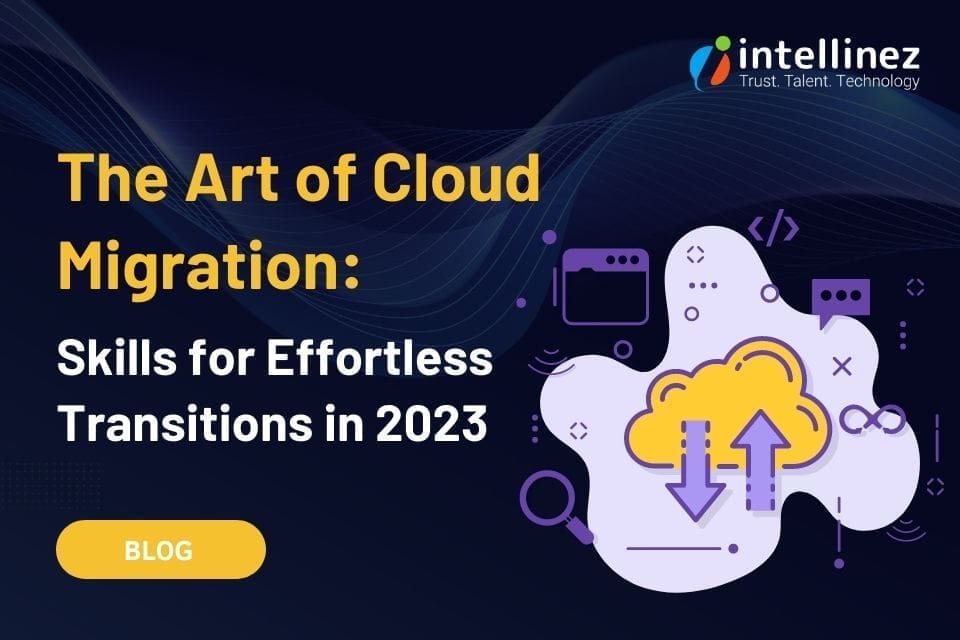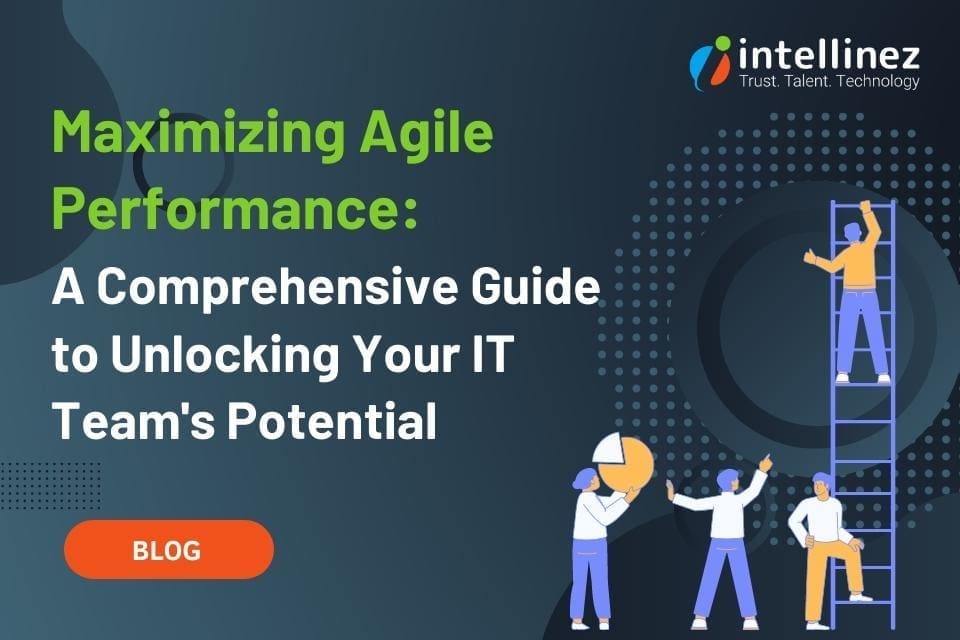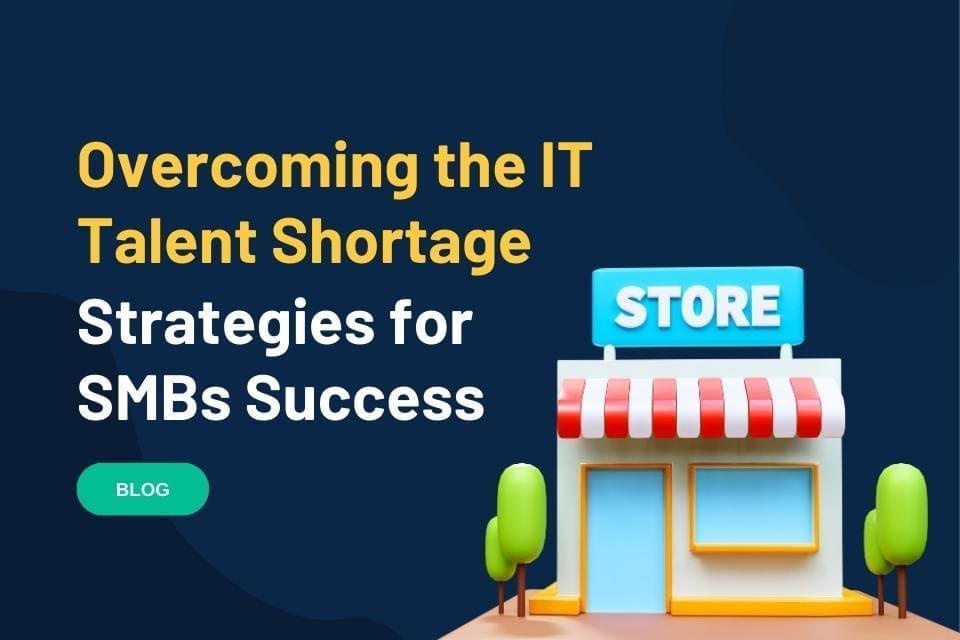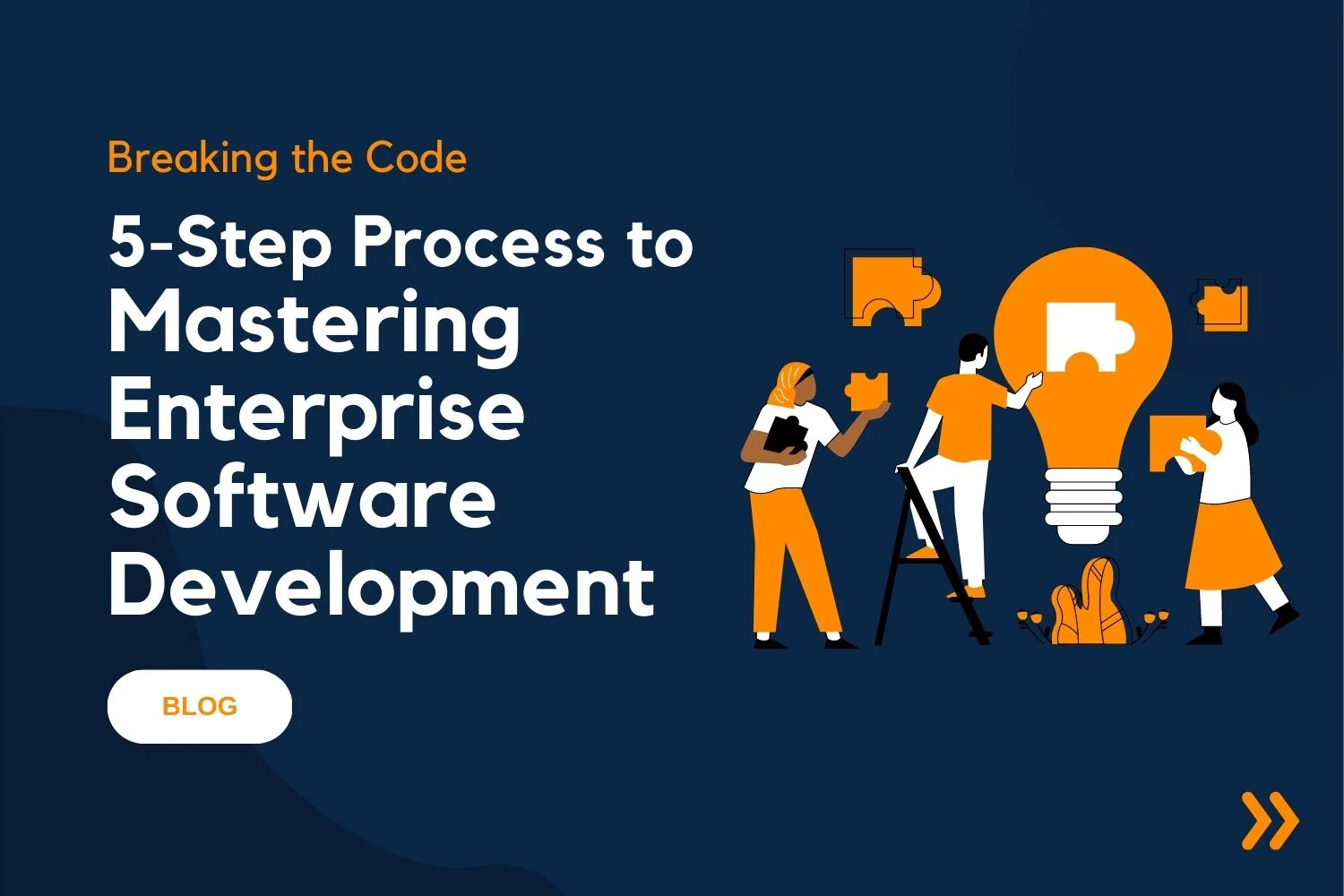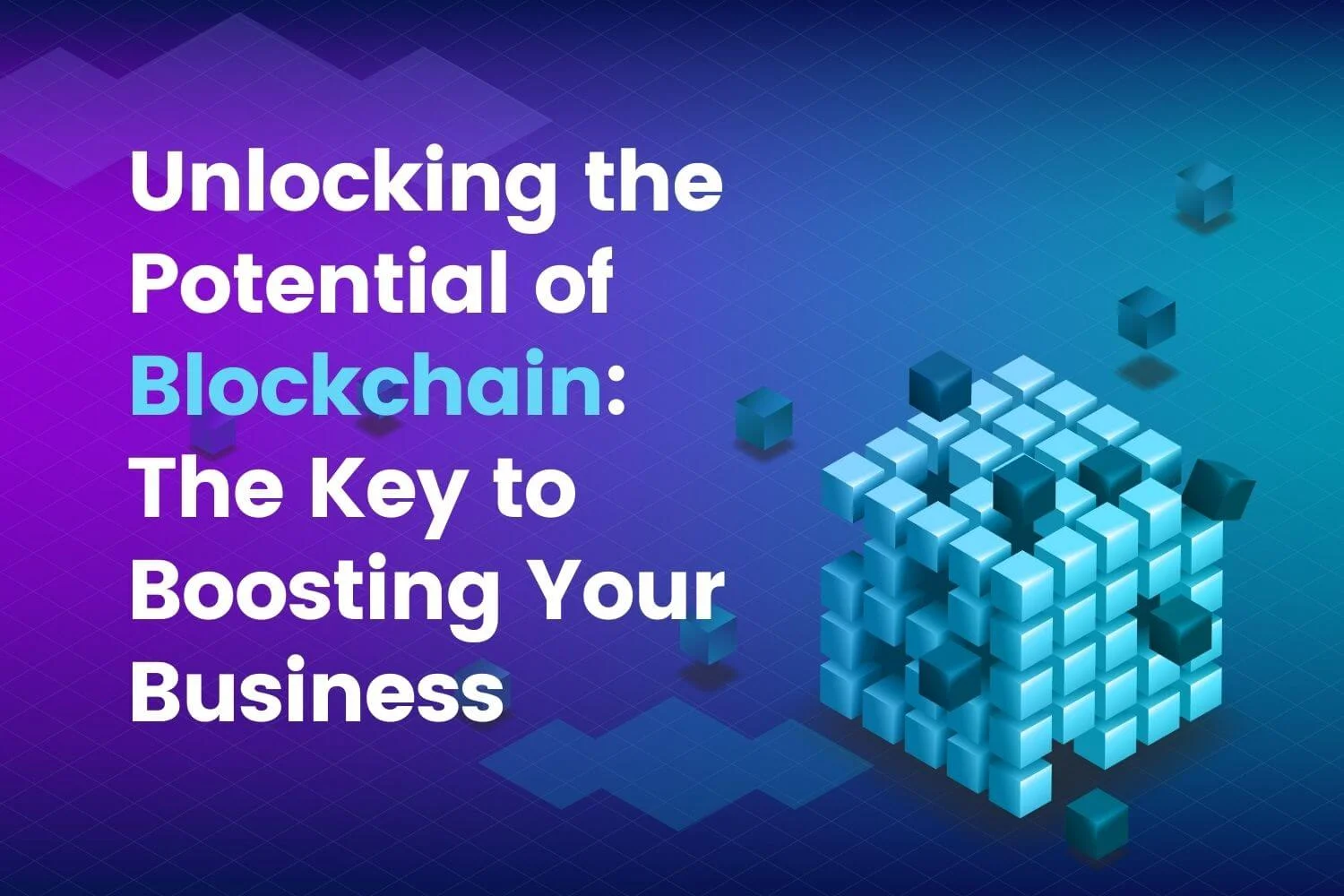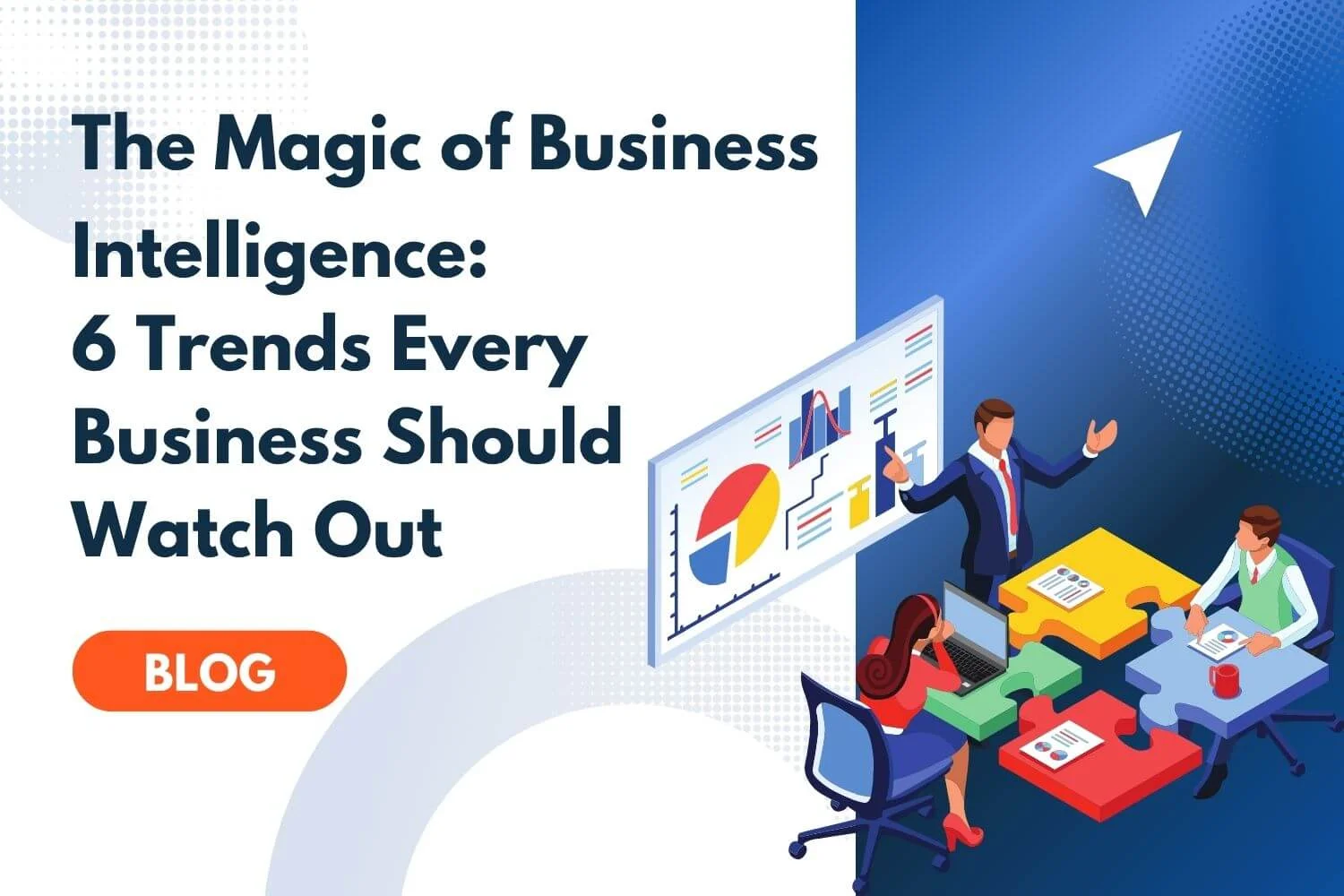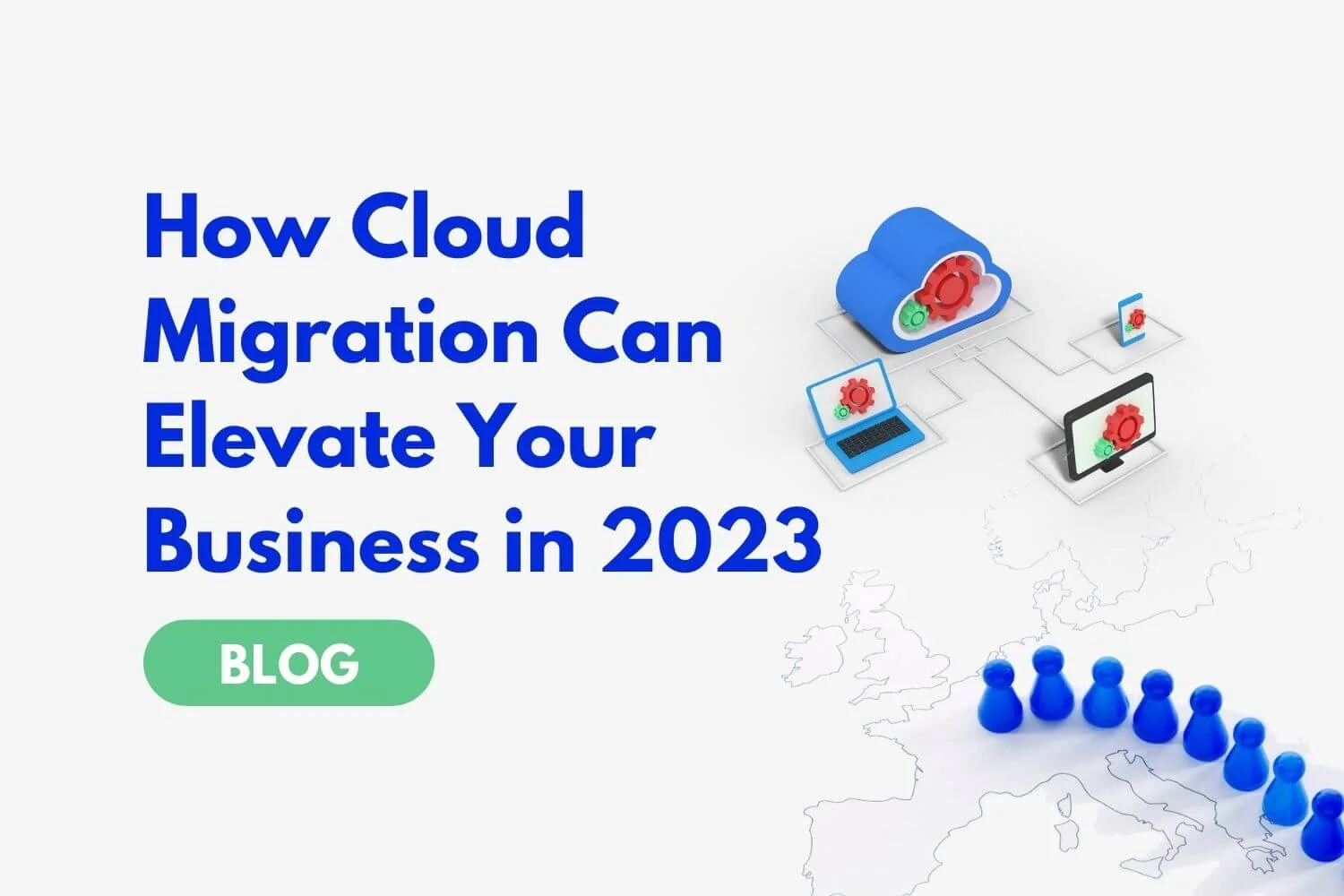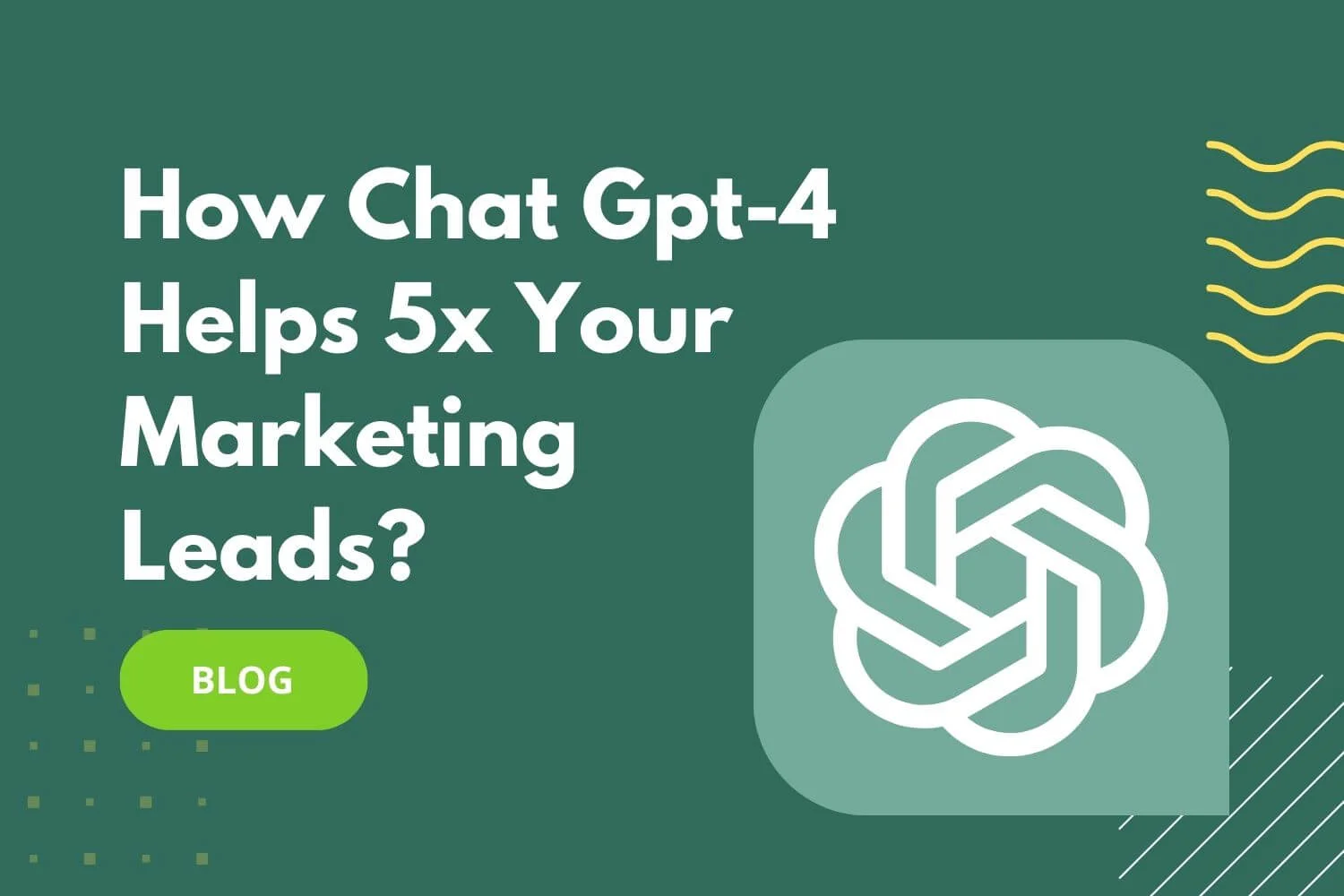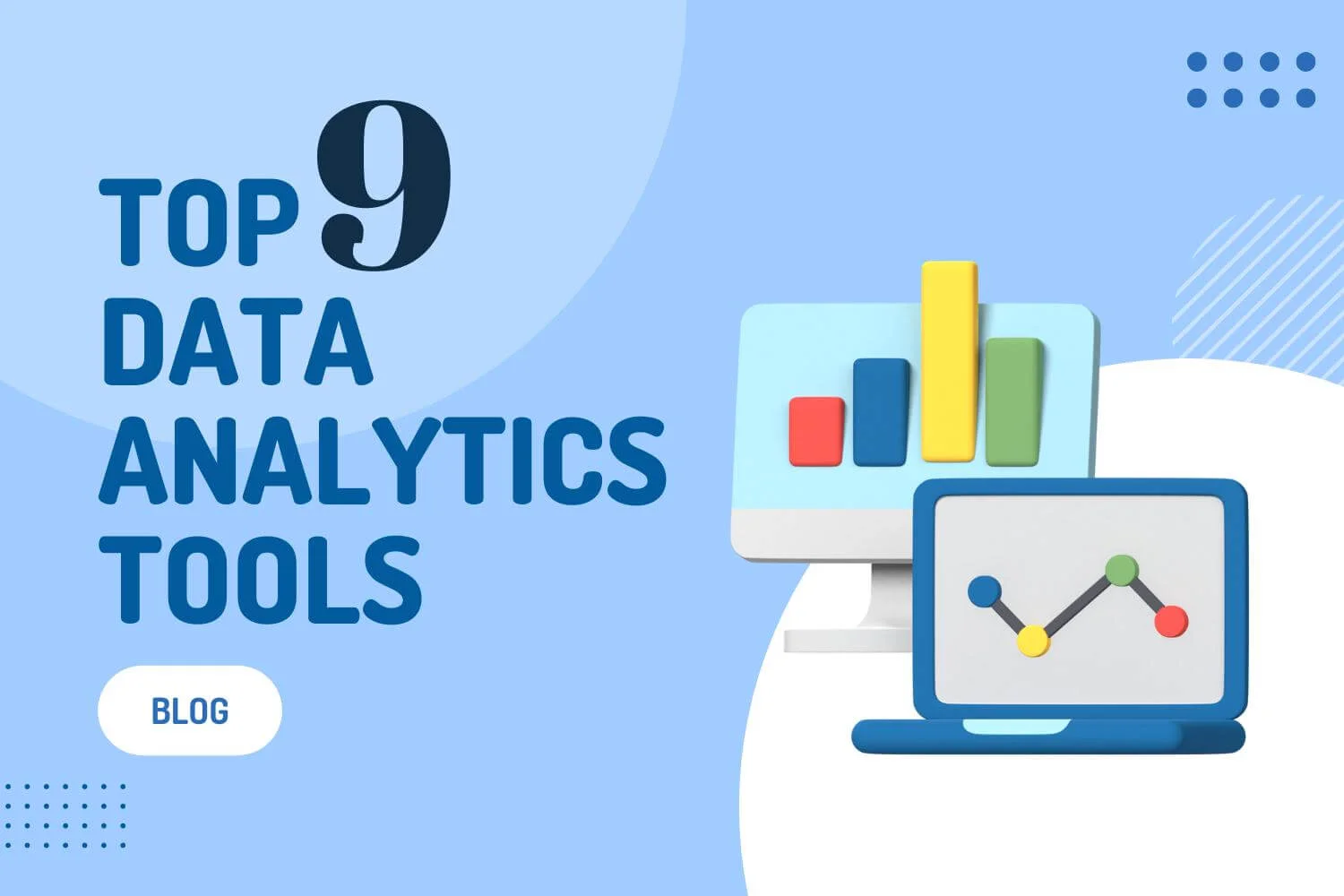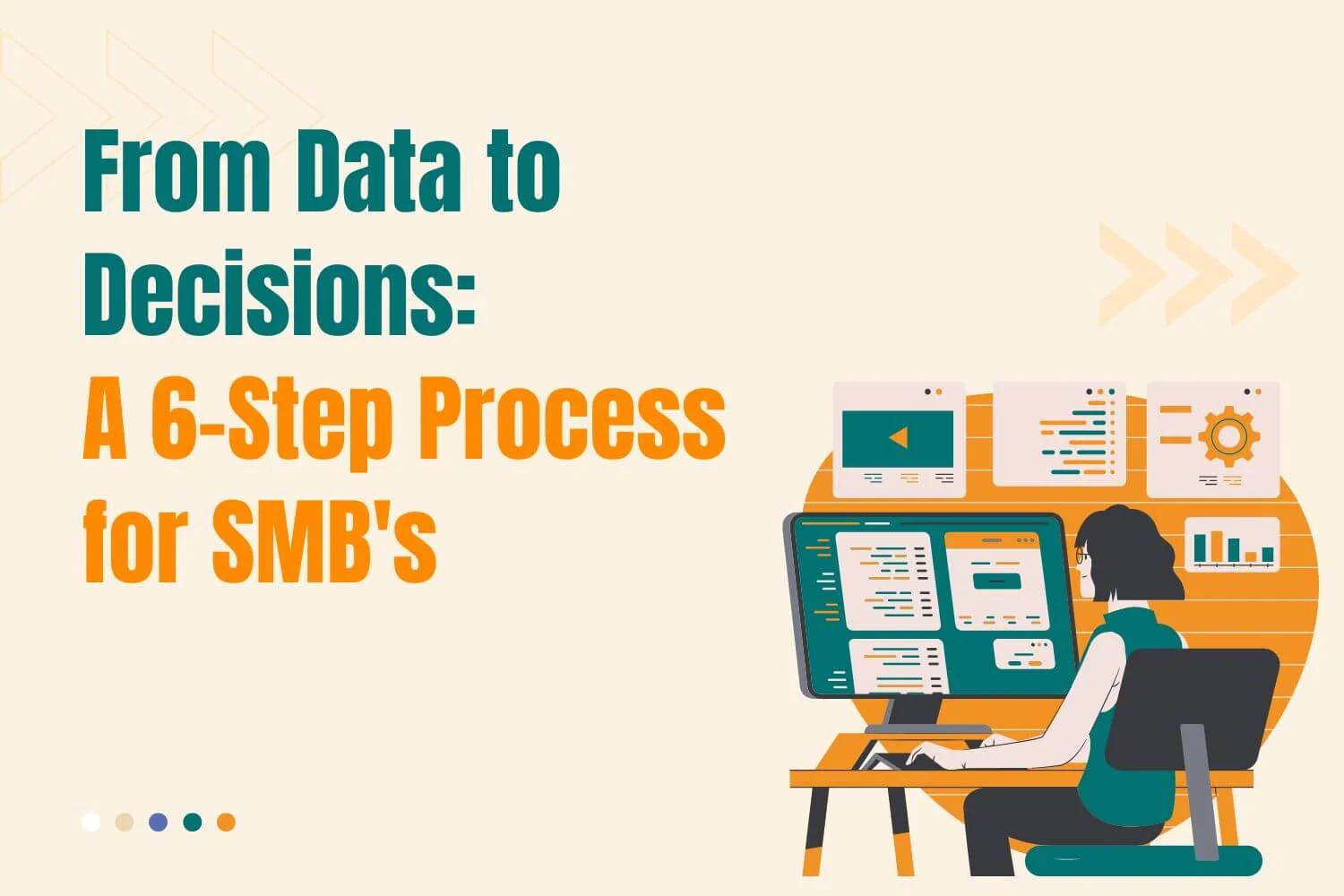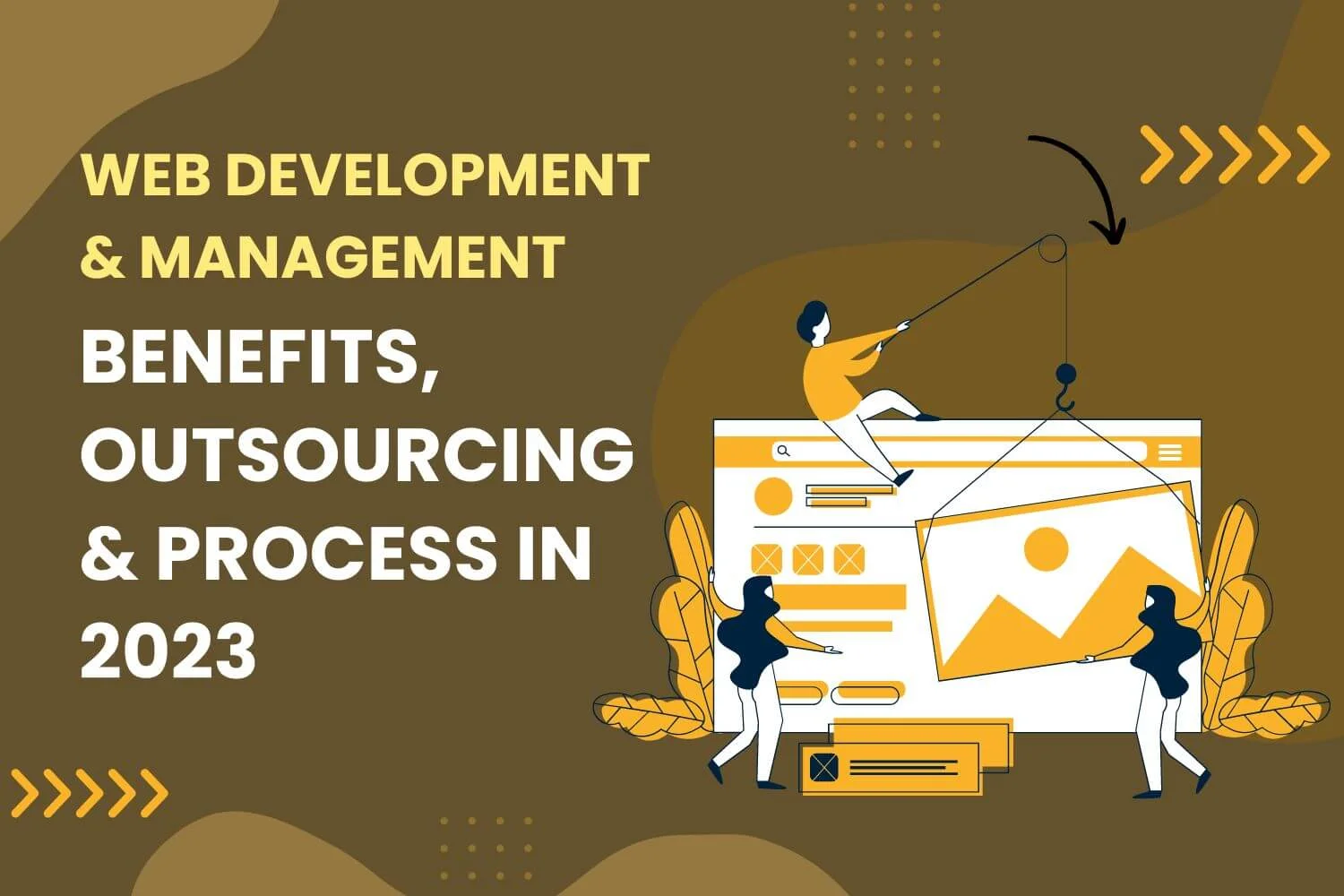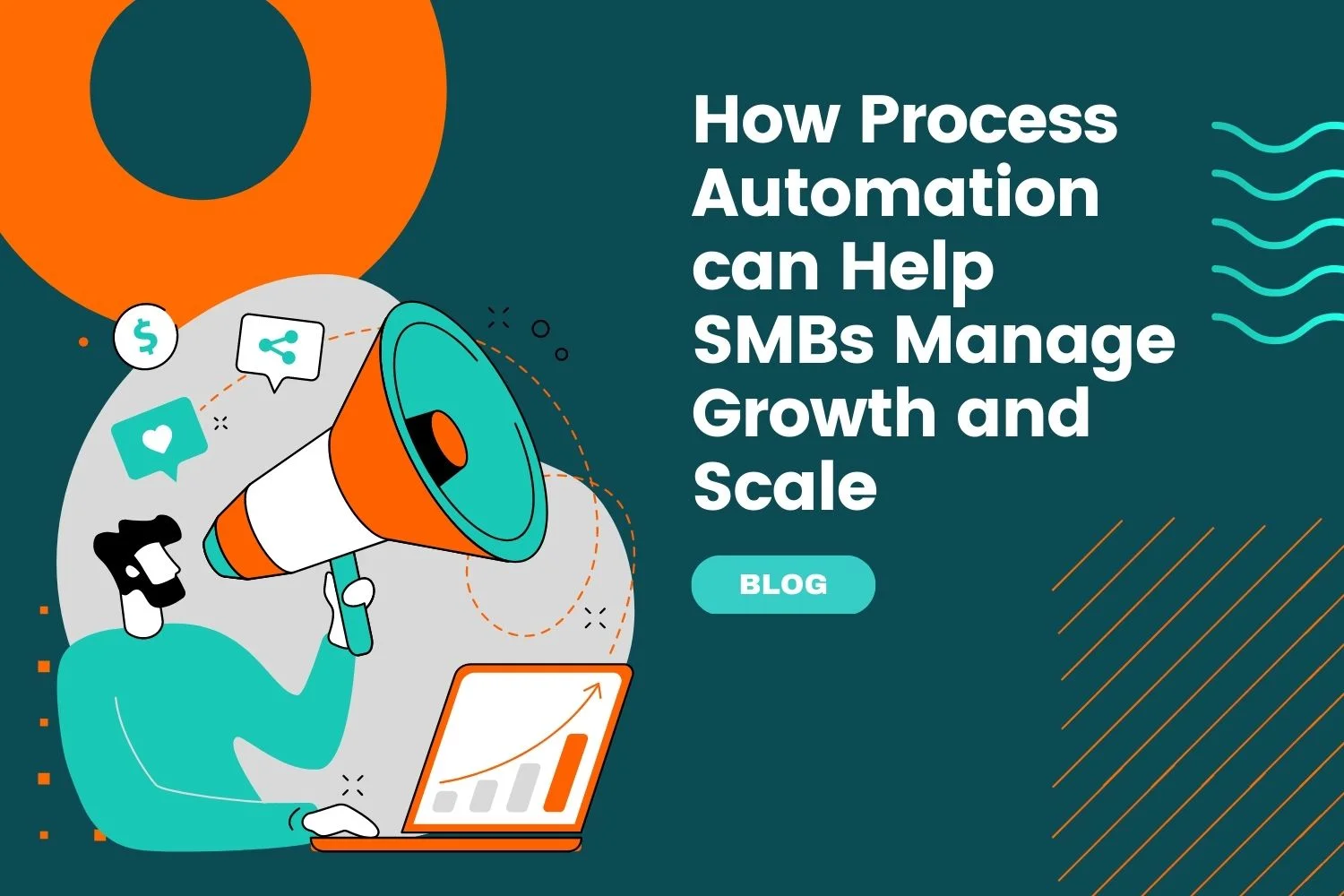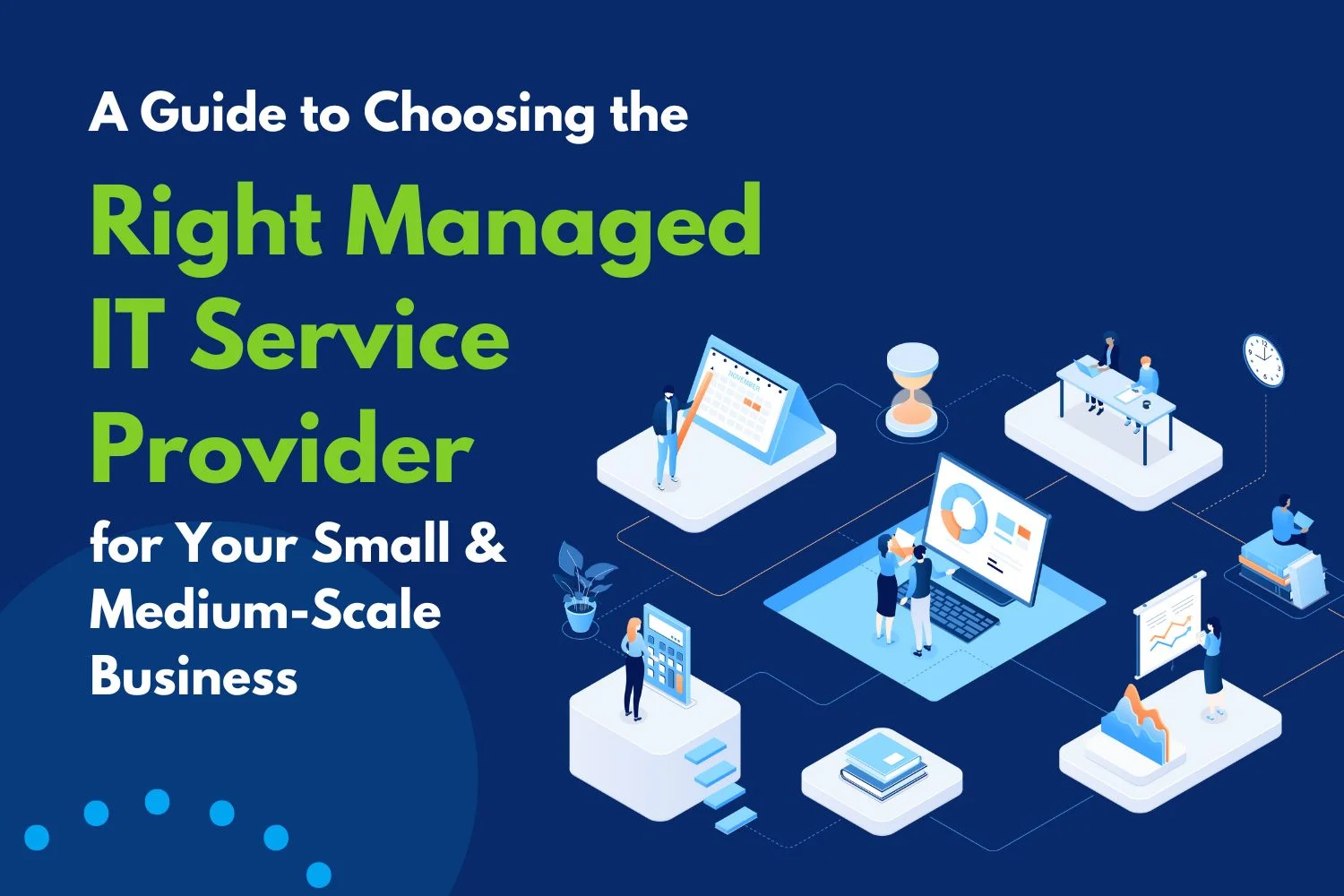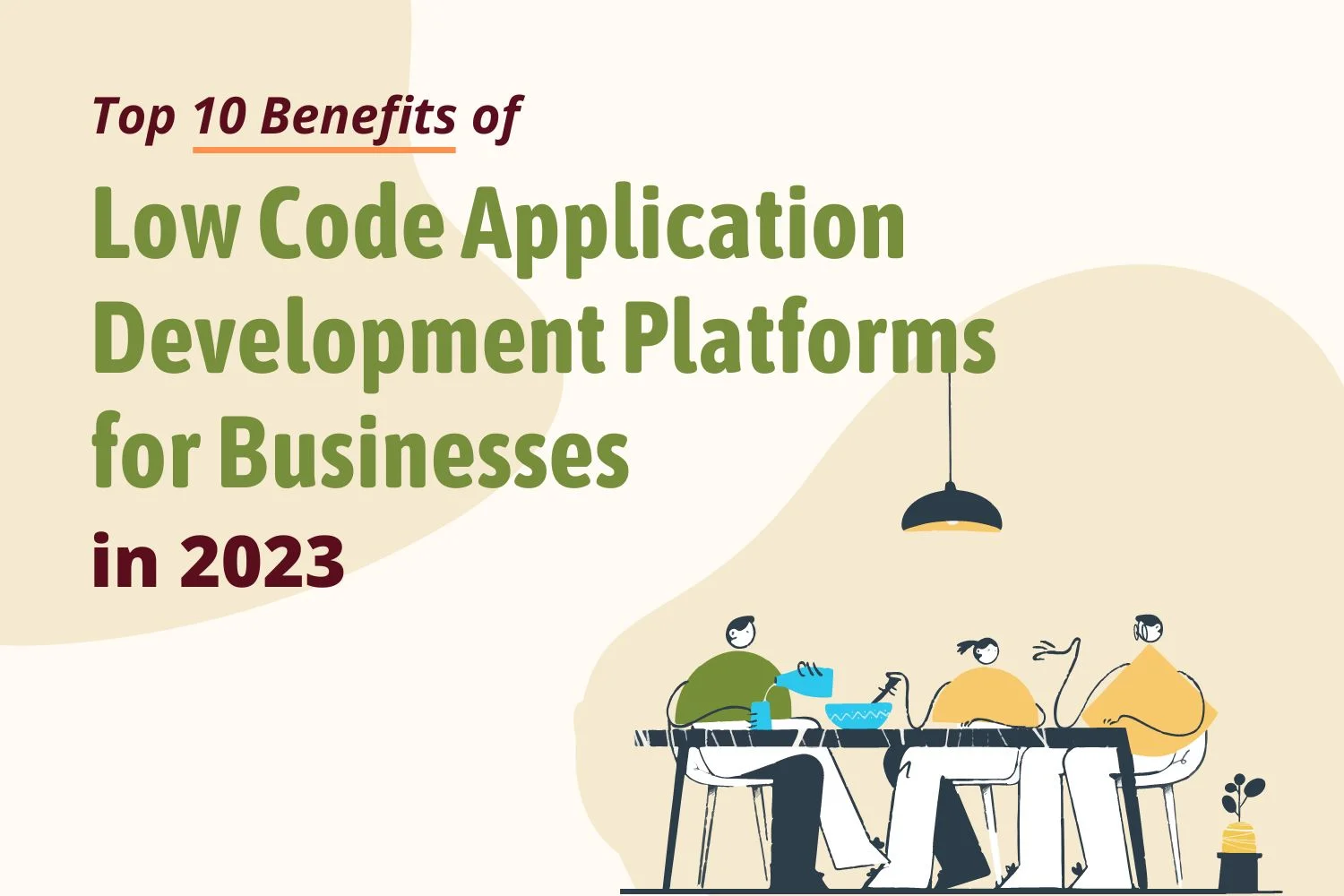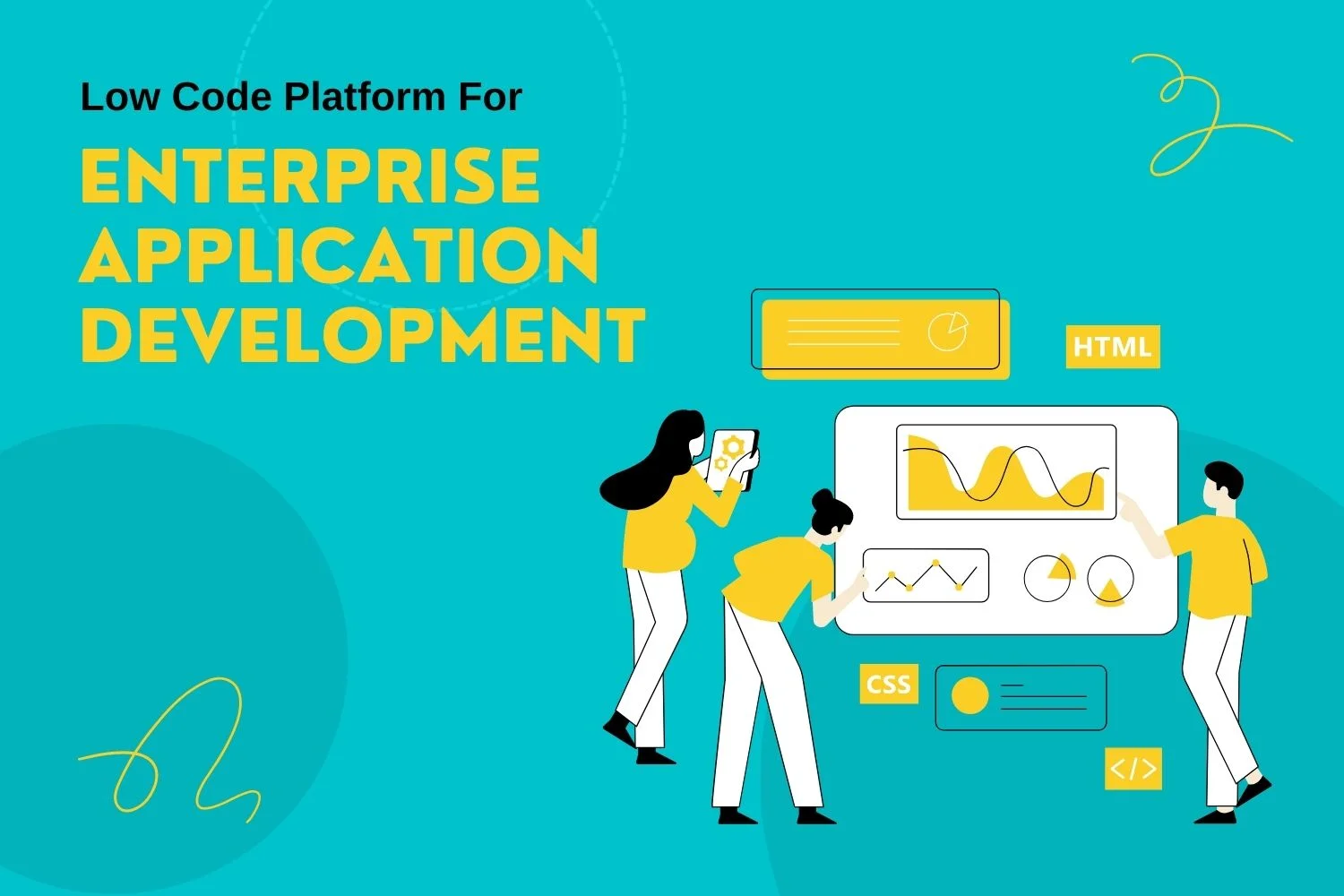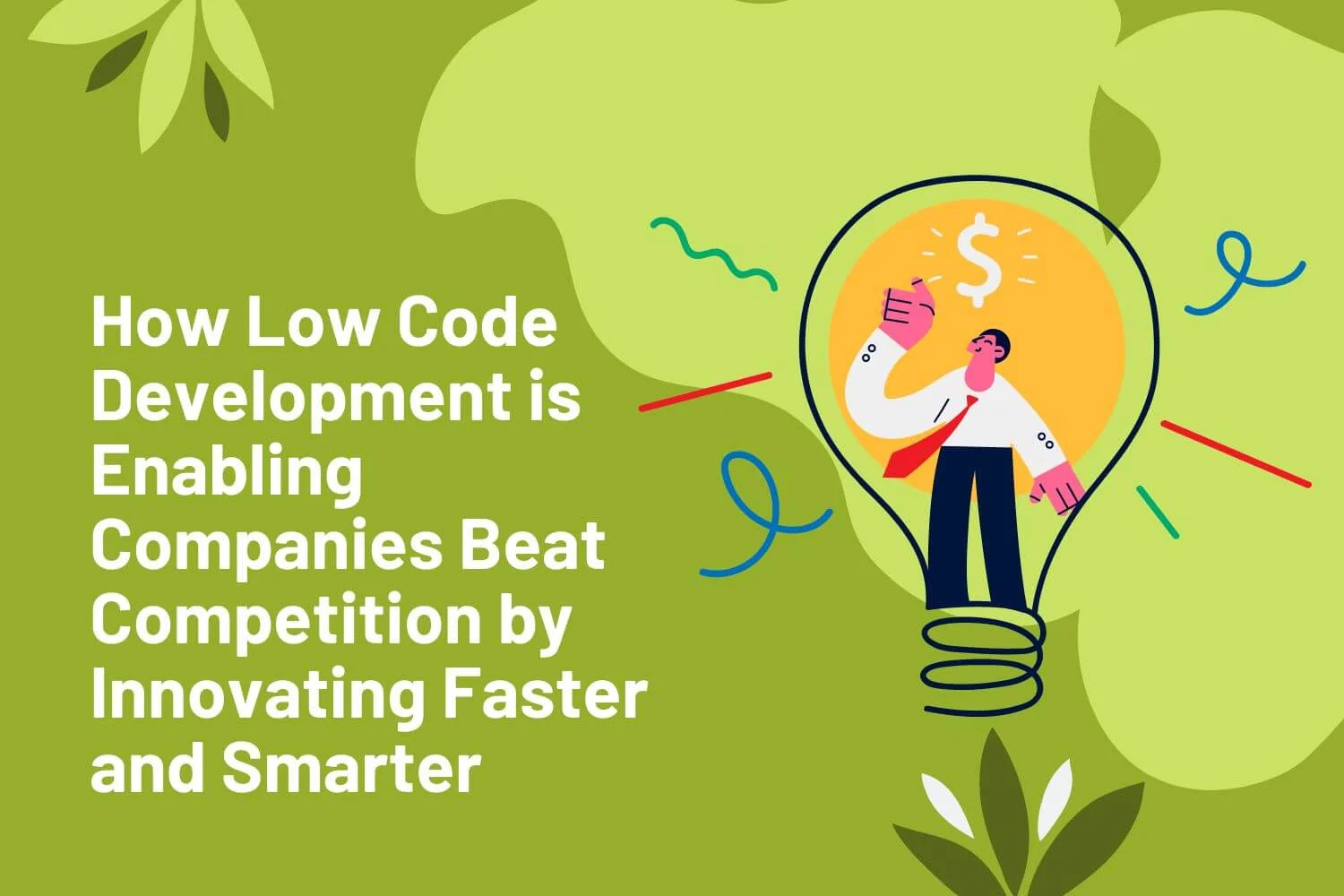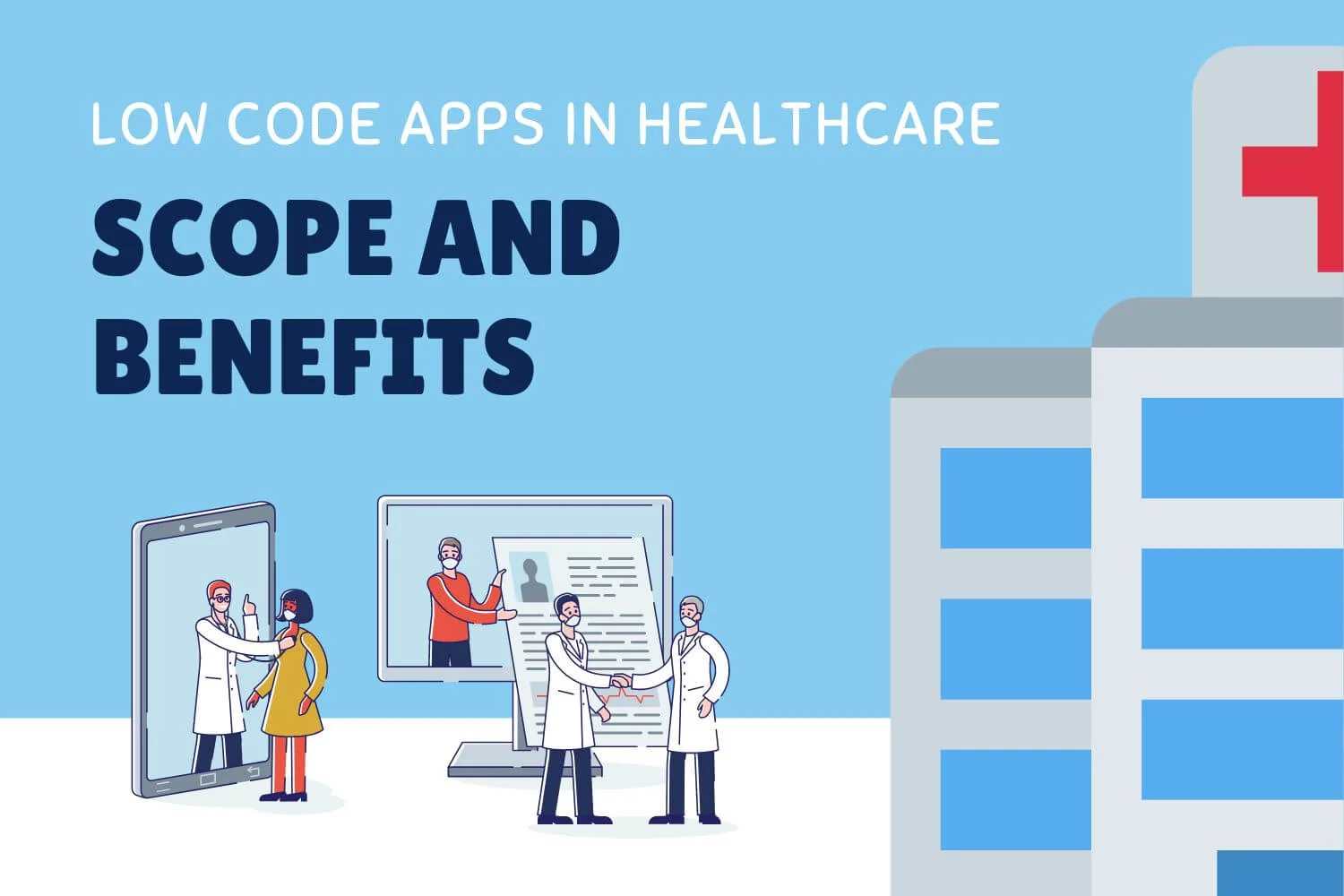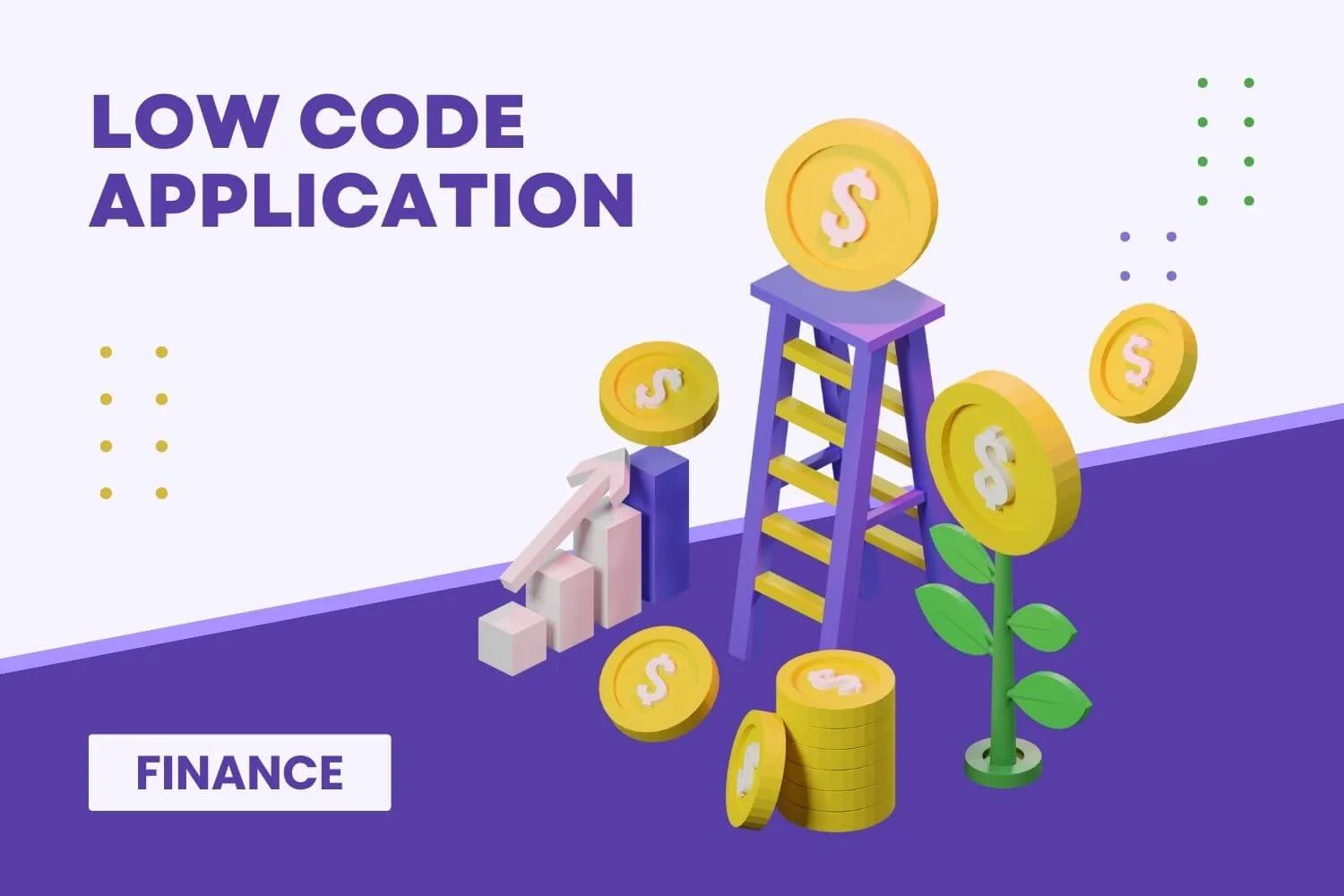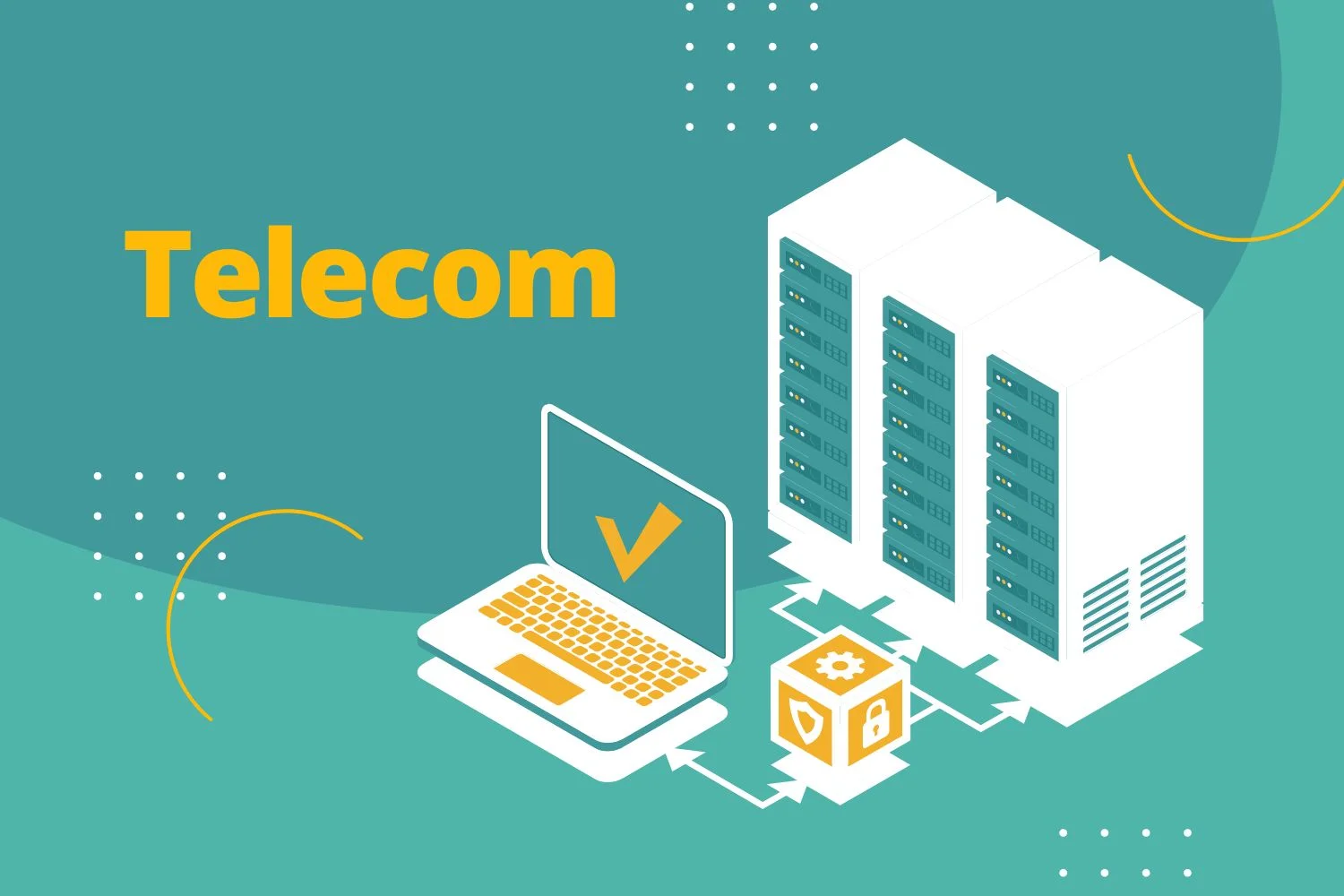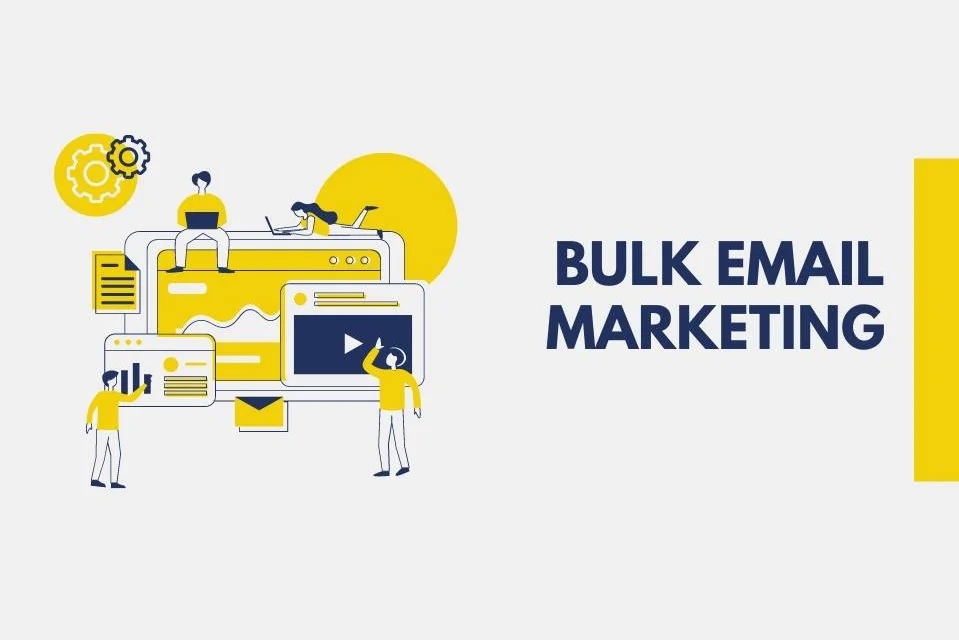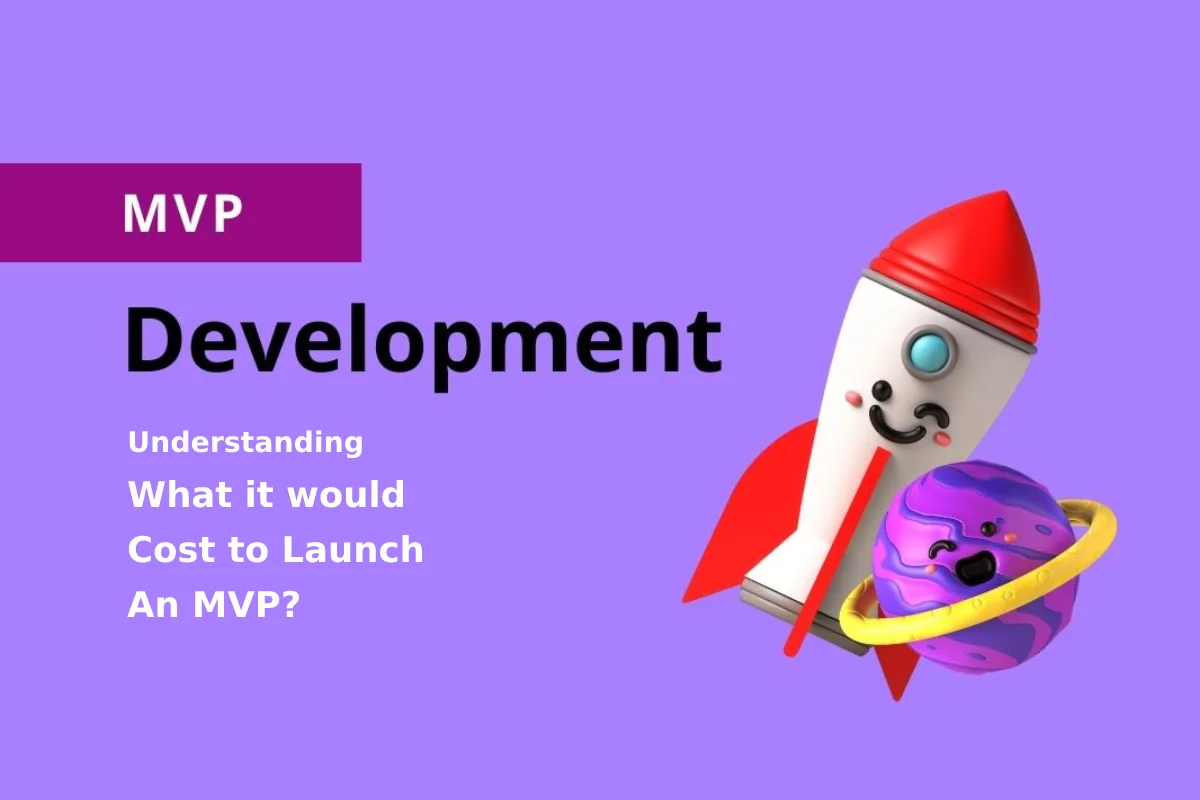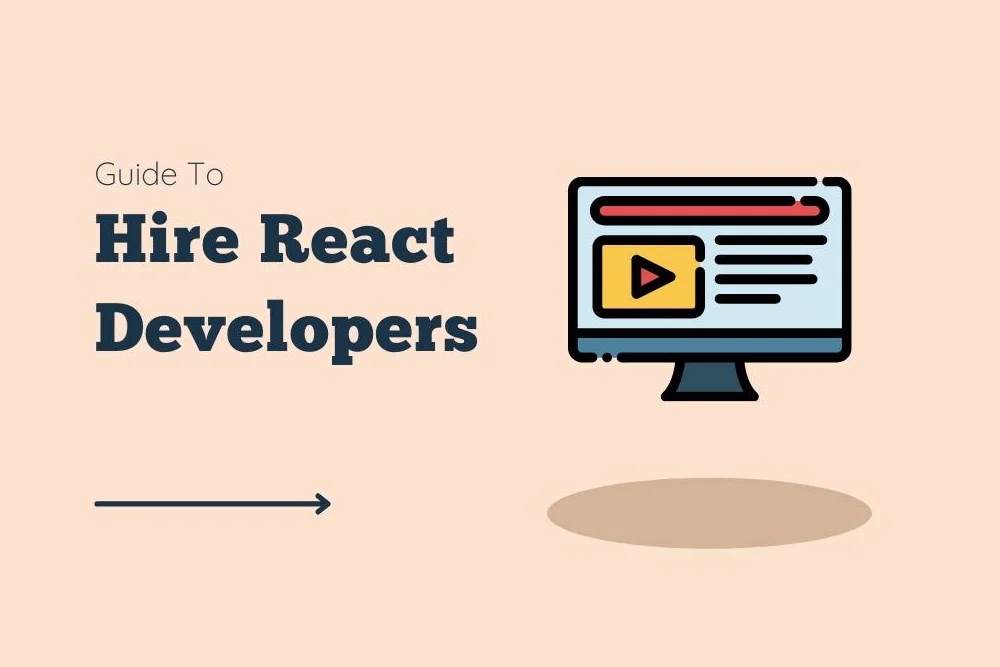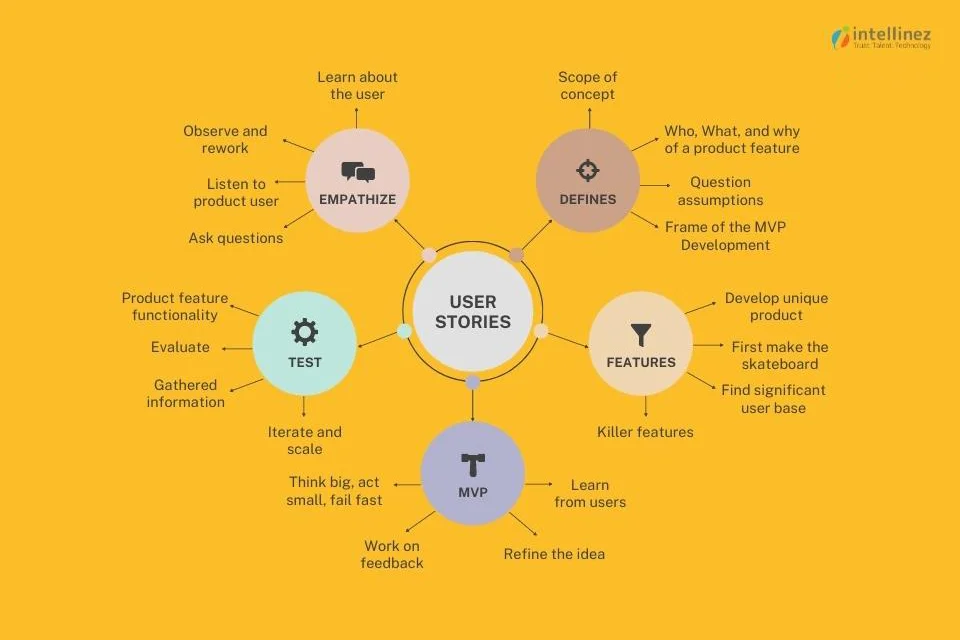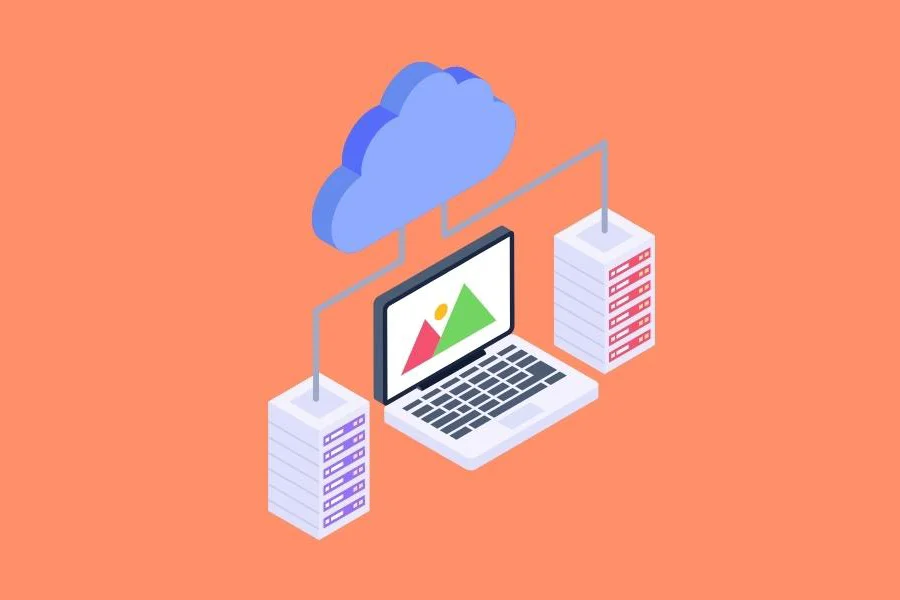- Steps For Building A Successful Cloud Migration Strategy
- Step 1: Assess Current State And Define Objectives
- Step 2: Choose The Optimal Cloud Model
- Step 3: Identify Applications For Migration
- Step 4: Choose The Right Migration Approach
- Step 5: Plan For Data Migration
- Step 6: Address Security And Compliance
- Step 7: Allocate Resources And Budget
- Step 8: Develop A Detailed Migration Plan
- Step 9: Test And Optimize
- Step 10: Execute The Migration
- Step 11: Validate Post-Migration
- Step 12: Embrace Continuous Optimization
In today’s rapidly evolving technological landscape, organizations are constantly seeking ways to optimize their operations, enhance scalability, and drive innovation. Crafting and executing an effective cloud migration strategy has emerged as a transformative solution. It empowers businesses to transition from traditional on-premises systems to agile and scalable cloud-based infrastructures. However, the process of cloud migration is intricate and demands a well-defined strategy to ensure a seamless and successful journey. In this comprehensive guide, we will delve into the crucial steps involved in building a robust and effective cloud migration strategy.
Steps For Building A Successful Cloud Migration Strategy
Step 1: Assess Current State and Define Objectives
The foundation of any successful cloud migration strategy is a thorough understanding of your organization’s current state and clear alignment with your objectives. Conduct a comprehensive assessment of your existing IT infrastructure, applications, and data. This assessment should identify pain points, bottlenecks, and areas that require improvement. Simultaneously, define your business objectives for the migration. Whether you aim to reduce costs, enhance scalability, expedite time-to-market, or combine multiple goals, a clear understanding of your objectives will guide the entire migration process.
Step 2: Choose the Optimal Cloud Model
In the world of cloud computing, there are various models to consider: public cloud, private cloud, hybrid cloud, and multi-cloud. Each model offers distinct advantages and caters to different organizational needs. Public clouds provide cost-effectiveness and scalability, while private clouds offer greater control and security. Hybrid and multi-cloud approaches combine the strengths of both. Evaluating these models based on your organization’s needs, existing infrastructure, compliance requirements, and security considerations will enable you to make an informed decision.
Step 3: Identify Applications for Migration
Not all applications are created equal when it comes to migration. Classifying your applications into categories such as “Ready to Migrate,” “Requires Modifications,” and “Not Suitable for Cloud” is essential. While some applications can be migrated with minimal changes, others might require more comprehensive modifications or even redevelopment for compatibility with the cloud environment. Prioritize applications based on business impact, complexity, and feasibility.
Step 4: Choose the Right Migration Approach
The journey to the cloud offers a range of migration strategies: rehosting (lift and shift), re-platforming, repurchasing, refactoring, and rebuilding. The choice of migration approach depends on your business goals and the nature of your applications. Rehosting involves moving applications with minimal changes, re-platforming optimizes applications for the cloud, repurchasing replaces existing software with cloud-based alternatives, refactoring involves redesigning applications for cloud-native functionality, and rebuilding entails building applications from scratch for the cloud. Evaluating the pros and cons of each approach in the context of your goals is pivotal.
Step 5: Plan for Data Migration
Data migration is a critical aspect of cloud migration and requires meticulous planning. Identify the types of data that need to be migrated, including structured and unstructured data, databases, and files. Determine the data transfer methods that align with your objectives, such as using dedicated data migration tools, establishing data pipelines, or leveraging third-party data migration services. Ensuring data integrity, security, and compliance during the migration process is paramount.
Step 6: Address Security and Compliance
Security and compliance are non-negotiable elements of any cloud migration strategy. Evaluate the security features provided by your chosen cloud provider and supplement them with any necessary additional security measures. Ensure compliance with industry regulations and data protection laws specific to your industry and geographical region. Implement robust access controls, encryption mechanisms, and continuous monitoring to safeguard your resources in the cloud.
Step 7: Allocate Resources and Budget
A successful cloud migration demands the allocation of sufficient resources and budget. Develop a comprehensive budget that encompasses migration tools, training for your team, potential downtime, ongoing cloud costs, and any unforeseen expenses. Allocate resources for migration planning, execution, and post-migration support. Engage stakeholders across departments to secure the necessary resources and ensure alignment with your strategy.
Step 8: Develop a Detailed Migration Plan
A meticulously developed migration plan is a cornerstone of a smooth transition. Outline the sequence of migration activities, including which applications and data will be migrated first. Define migration milestones and timelines, considering potential dependencies between applications. Establish contingency plans to address any challenges or setbacks that may arise during migration. Transparently communicate the migration plan to all stakeholders and involve relevant teams in the process.
Step 9: Test and Optimize
Thorough testing is a pivotal phase in the cloud migration process. Create testing environments that closely mirror your production environment to ensure accurate results. Test migrated applications rigorously for functionality, performance, and compatibility. Identify and address any issues or bottlenecks that surface during testing. Optimize applications and configurations to ensure optimal performance within the cloud environment.
Step 10: Execute the Migration
With a meticulously planned strategy and thorough testing complete, it’s time to execute the migration. Adhere to the migration plan meticulously, ensuring that each step is executed in the intended sequence. Monitor the migration process closely and maintain open lines of communication with all stakeholders. Be prepared with a well-defined rollback plan in case any unforeseen issues arise. Regularly communicate progress to stakeholders and address any concerns promptly.
Step 11: Validate Post-Migration
After migration, it is imperative to conduct comprehensive validation to ensure that applications are performing as expected within the cloud environment. Validate functionality, performance, user experience, and any specific metrics relevant to your business goals. Address any post-migration issues promptly to minimize disruptions to day-to-day operations.
Step 12: Embrace Continuous Optimization
Cloud migration is not a one-time event; it marks the beginning of a continuous journey. Regularly monitor and optimize your cloud resources to ensure cost-efficiency, security, and sustained performance. Implement cloud management tools and practices that allow you to track resource usage, automate scaling, and manage costs effectively. Embrace a culture of continuous improvement and adaptation to maximize the benefits of cloud technology.
Conclusion
Building a successful cloud migration strategy is a complex endeavor that requires meticulous planning, strategic alignment, and precise execution. By following the comprehensive steps outlined in this guide, organizations can navigate the complexities of cloud migration with confidence. A well-executed cloud migration strategy has the potential to unlock new avenues for growth, innovation, and business transformation.
It’s important to recognize that each organization’s journey is unique, and adapting these steps to your organization’s specific needs and goals will pave the way for a rewarding and successful migration experience. As technology continues to evolve, a thoughtful cloud migration strategy positions your organization to remain agile, competitive, and prepared for the challenges and opportunities of the digital age.
Craft And Execute Your Cloud Migration Strategy with Team Intellinez
Count on our experienced experts for comprehensive guidance, aligning strategies with your business requirements. With collaborative efforts, we apply best practices, navigate challenges smoothly, and ensure favorable outcomes. Entrust us to empower your organization with a seamless migration journey and lasting cloud achievement.
Soumya Mishra
Technology Leader proficient in engineering and execution of enterprise-level IT projects and providing support services on the same. Possesses the ability to set functional and technical strategies, converting them to an achievable plan of action, and driving them to realize and achieve customer success. Passionate leader believing in leading by example, possessing strong problem-solving skills and a can-do attitude. Adept at handling cross-functional teams across the globe and motivating them to achieve outstanding and sustainable results to meet organizational goals and objectives! Guiding Quote – “Every job is a self-portrait of the person who did it, Autograph your work with excellence”
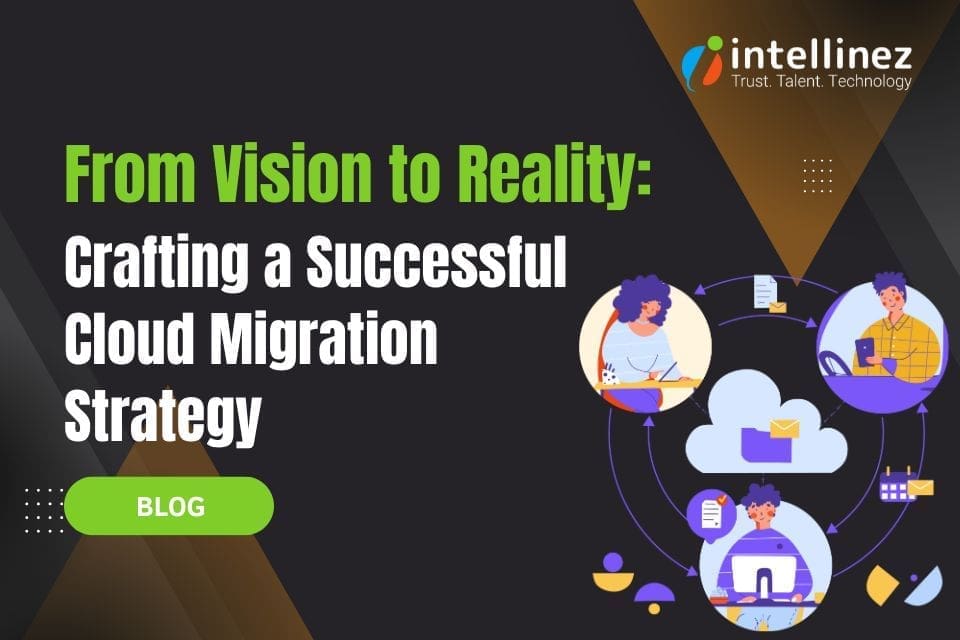



























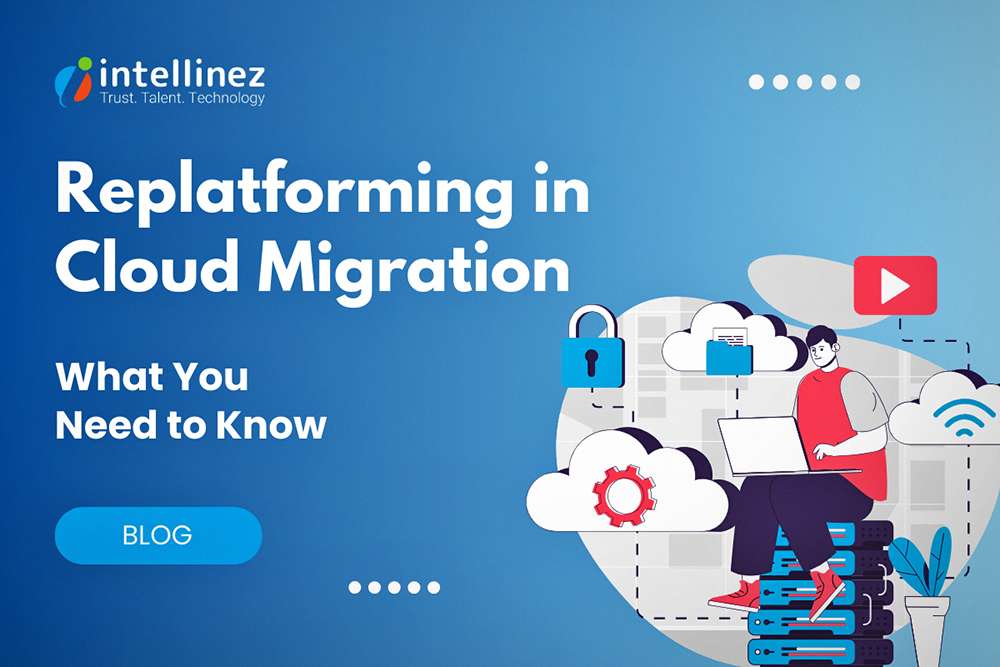





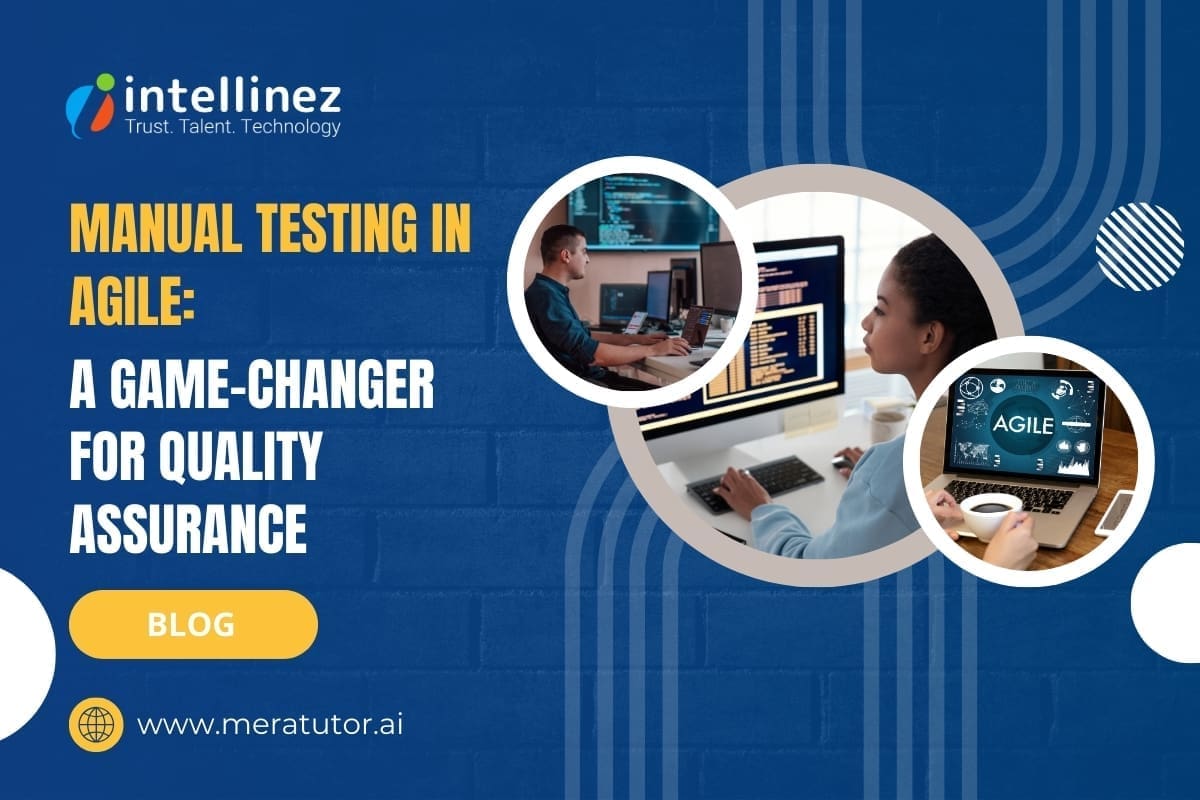




![A Comprehensive Guide to AWS SaaS Architecture [Diagram Included] 84 Aws SaaS Architecture](http://www.intellinez.com/wp-content/uploads/2024/08/Title-image.jpg)

